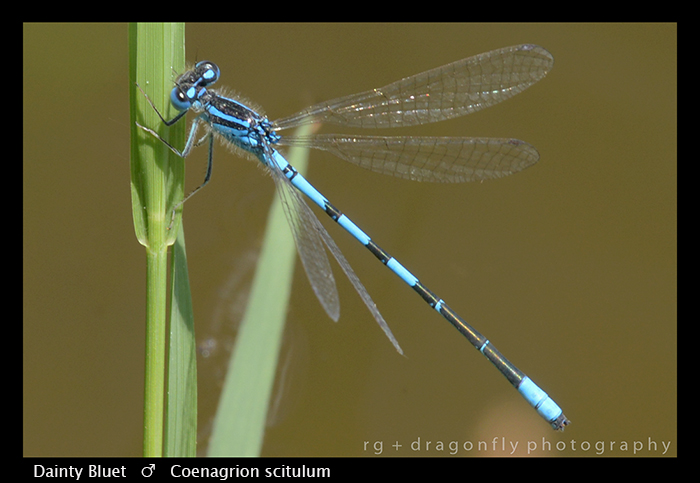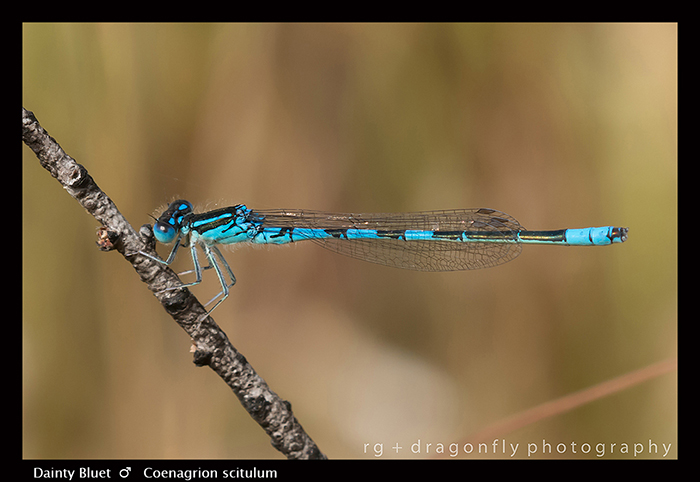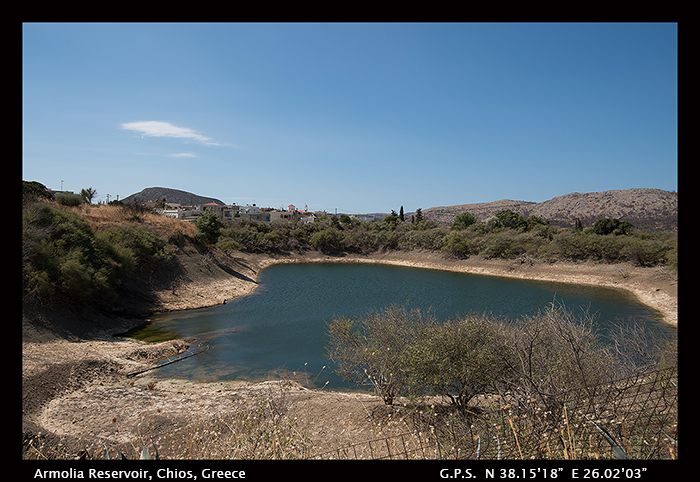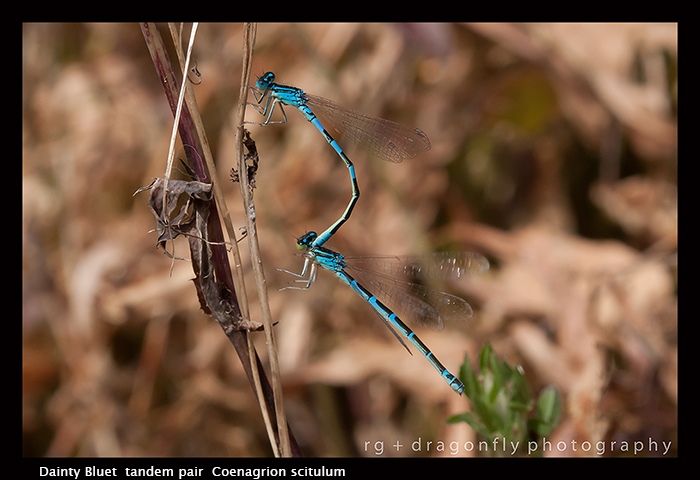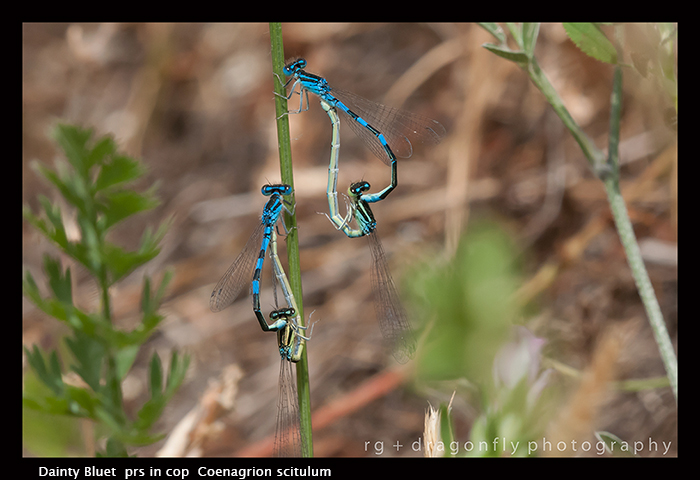31. Dainty Bluet – Dainty Damselfly – Coenagrion scitulum – UK -European Dragonfly photo
The Dainty Bluet (Coenagrion scitulum) is a small damselfly as its English name suggests and one of the smallest of the Coenagrions. It is widespread and relatively common in France and areas of Iberia but it can be quite local. Its northward expansion in Europe included a return to south-east England in 2010. It is not known if the increase in more northerly populations due to warmer summers is leading to a corresponding decrease further south due to the drying up of habitats. In the warmest waters it can develop in six months. A dense aquatic vegetation is favoured.
KEY I/D FEATURES
Males have and abdomen pattern which partially resembles both a Coenagrion and an Ischnura on the latter segments. Frequent congeners are the Mercury Bluet – Coenagrion mercuriale and the Azure Bluet – Coenagrion puella but the Dainty Bluet – Coenagrion scitulum has a distinctive ‘cats head’ or ‘tuning fork’ marking on Segment 2. Segments 6 and 7 are completely black whilst 8 and 9 are blue. The pterostigma are pale yellow and quite large. Females have black markings on the abdomen which are shaped like torpedos.
